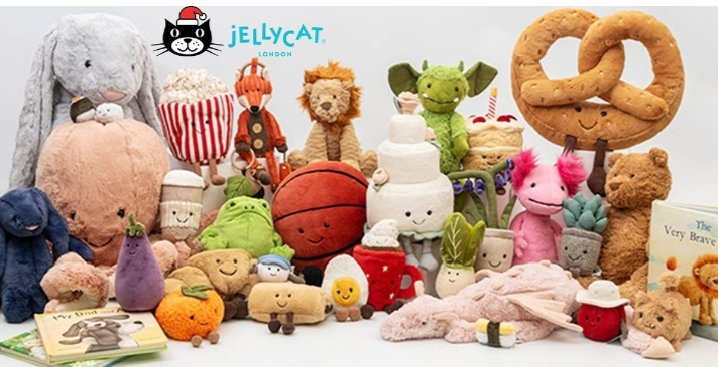Introduction to Petplay Porn
Petplay porn — the phrase might seem self-explanatory at first glance, yet it’s often misunderstood. For many, the word “porn” triggers associations with explicit online content. While the internet has certainly shaped public perceptions, the reality of petplay is richer, more nuanced, and often more wholesome than the stereotypes suggest. Petplay, in the context of adult lifestyles, is a consensual form of roleplay where participants take on the characteristics of animals. This can involve mannerisms, behaviors, communication styles, and sometimes accessories or costumes — all within agreed-upon boundaries.
When “porn” is added to the term, it reflects a particular kind of search intent — people looking for depictions of this roleplay in adult media. But this can be misleading, because online portrayals often focus on visuals over meaning. This guide aims to go deeper, exploring petplay’s origins, psychology, safe practices, and cultural evolution — all while staying respectful, informative, and non-explicit.

Key Takeaways
- Petplay porn is frequently misunderstood due to unrealistic online portrayals.
- History reveals petplay’s roots in BDSM, roleplay, and subcultural art.
- Psychology shows the value of identity exploration and safe escapism.
- Real-life dynamics differ from scripted online content.
- Roles and archetypes (puppy, kitten, pony, etc.) shape the experience.
- Consent and communication are essential for safe participation.
- Props and gear enhance immersion but aren’t required.
- Safety includes both physical and emotional care.
- Media can influence perception, for better or worse.
- Future trends point to VR, AI, and growing acceptance.
History and Evolution of Petplay in Adult Communities
While petplay may seem like a modern internet phenomenon, its roots extend far deeper. Anthropologists and historians have found evidence of role-reversal and animal imitation rituals across multiple cultures. In ancient festivals, individuals often wore animal masks or skins to channel symbolic traits — strength, cunning, loyalty — for ceremonial or spiritual purposes. While not inherently sexual, these performances laid the groundwork for the playful, identity-shifting nature of modern petplay.
In the 20th century, as BDSM culture developed in underground scenes, petplay emerged as a niche practice. It offered participants a chance to explore power exchange in ways that went beyond the stereotypical “dominant” and “submissive” labels. The “handler” and “pet” roles brought unique dynamics — companionship, structured rules, and often a layer of nonverbal communication.
The internet accelerated petplay’s visibility in the late 1990s and early 2000s, especially on forums and niche community boards. This exposure led to both positive representation and oversimplified portrayals. As the term “petplay porn” became part of search culture, it began attracting people out of curiosity rather than solely from existing kink communities — expanding awareness, but also introducing misunderstandings about its depth and diversity.
Understanding the Psychology Behind Petplay
Petplay isn’t just a costume and a role — it’s a complex psychological exercise. Participants often describe it as a form of escapism: the chance to step away from the stressors of everyday life and adopt a simpler, more instinct-driven mindset. In “puppy” play, for example, a person might focus on living in the moment, experiencing joy through play, and communicating without words.
Another psychological layer is identity exploration. Some individuals resonate strongly with certain animal traits — agility, loyalty, curiosity — and embodying these can feel affirming. For others, petplay can be a safe space to test boundaries, release control, or explore nurturing instincts.
Critically, there’s a difference between fantasy and reality. The “porn” in petplay porn often emphasizes fantasy for entertainment, but the actual experience in real-life contexts is far more collaborative. Consent, emotional safety, and trust take center stage. Without them, the psychological benefits can vanish, replaced by discomfort or harm.

Petplay Porn vs. Real-Life Petplay
If your only exposure to petplay comes from internet searches, you might think it’s all about elaborate costumes and stylized performances. While these exist, they’re not representative of most participants’ realities. Online depictions — particularly those labeled as “petplay porn” — often prioritize exaggerated visuals over accurate roleplay dynamics.
Real-life petplay is far more diverse. Some participants wear minimal or no gear at all, focusing instead on mindset and behavior. Others may incorporate structured “training” sessions, playful interactions, or rituals of care. The goals can range from deepening emotional intimacy to simply enjoying imaginative fun.
The risk of relying solely on online depictions is that they can create unrealistic expectations for new participants. Without understanding the importance of negotiation, boundaries, and pacing, someone might feel pressured to mimic scenes that don’t align with their comfort level. That’s why education — like this guide — is crucial.
Roles and Archetypes in Petplay
One of petplay’s most charming features is its variety of roles, each with its own archetypes and cultural associations:
| Role Type | Common Traits | Common Accessories (Non-explicit) |
| Puppy | Playful, loyal, energetic | Collars, leashes, chew toys |
| Kitten | Curious, affectionate, independent | Ears, tails, cozy beds |
| Pony | Strong, graceful, disciplined | Harnesses, bridles, decorative tack |
| Fox | Clever, playful, mischievous | Tails, ear headbands, themed clothing |
| Exotic Animals | Unique traits depending on species | Customized gear |
While these roles can be playful, they also help shape interactions. For example, a “puppy” may enjoy games and active movement, while a “kitten” might prefer lounging and affectionate contact. The archetype serves as a guide, not a strict rulebook.








